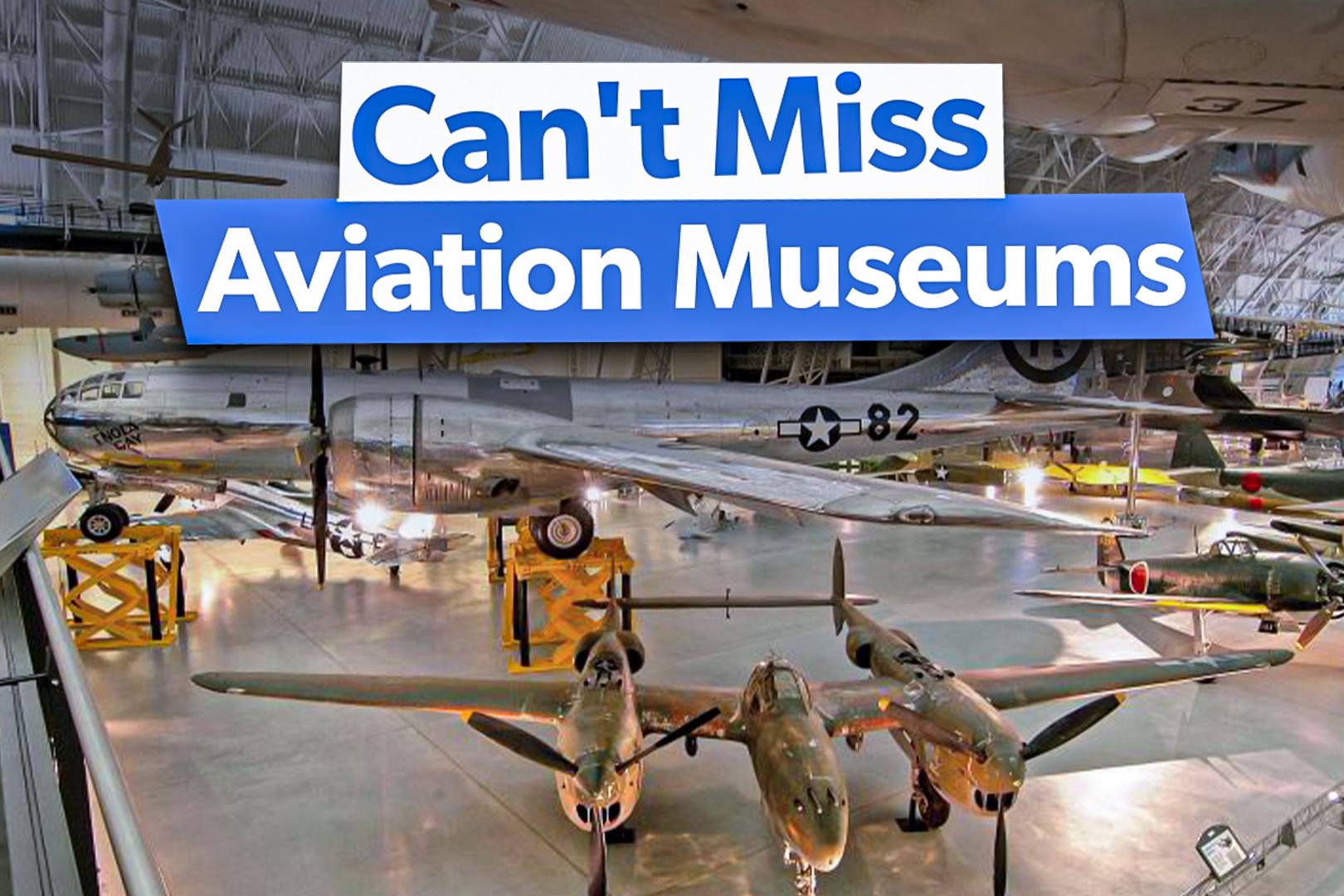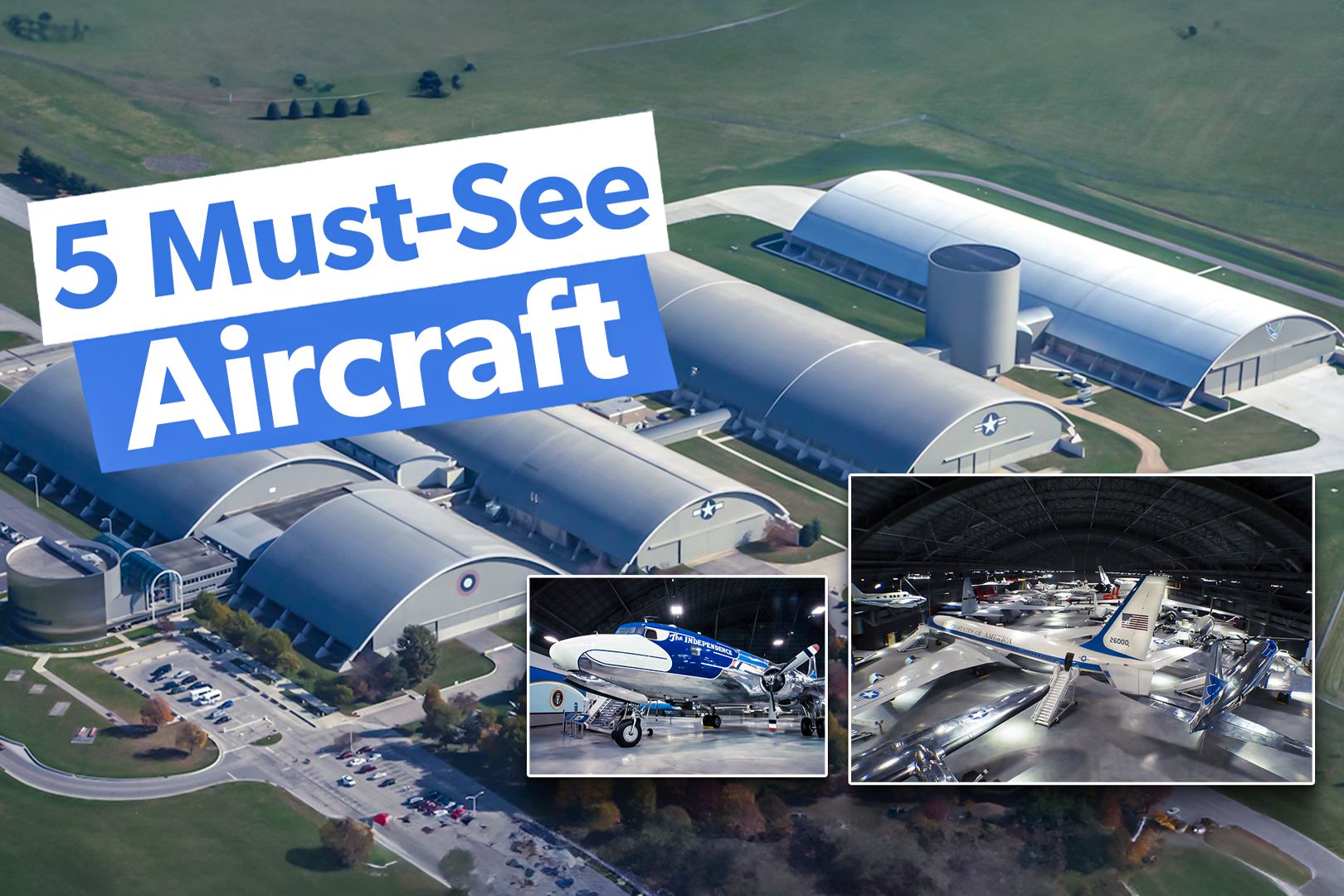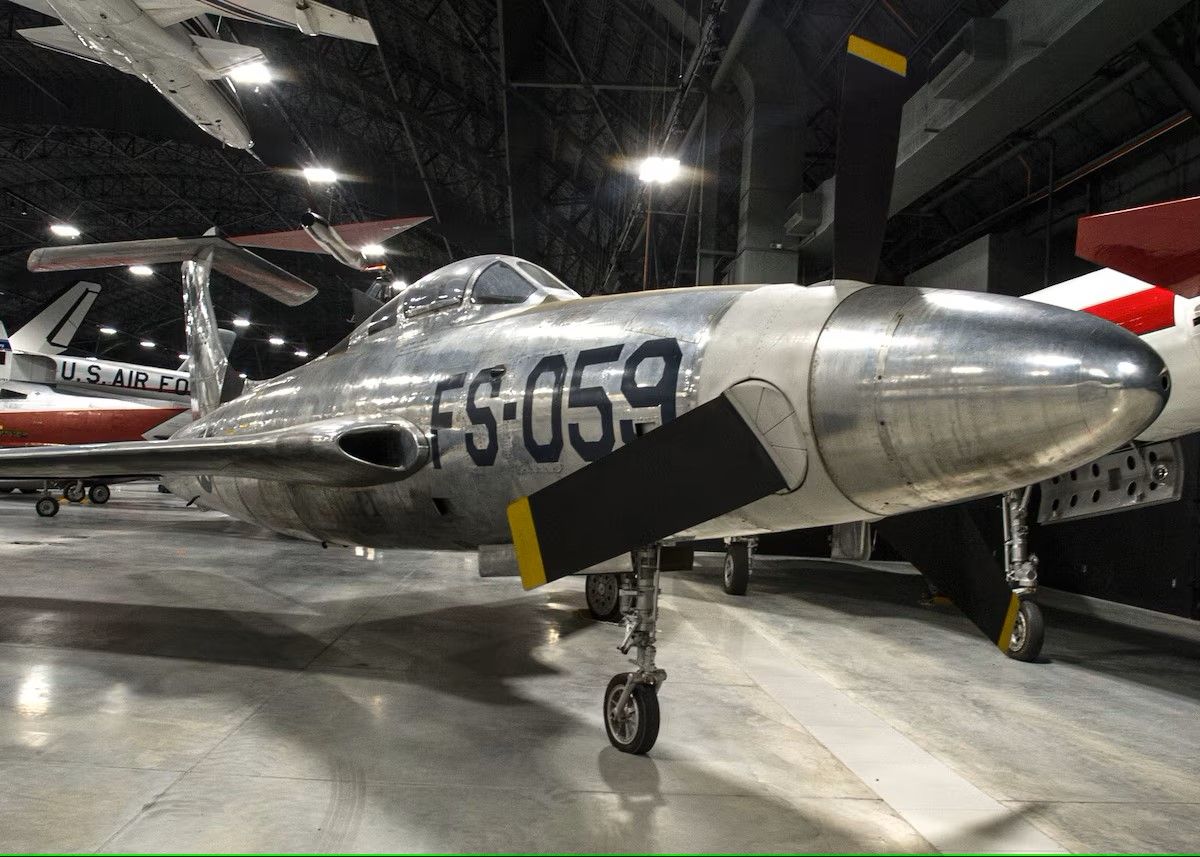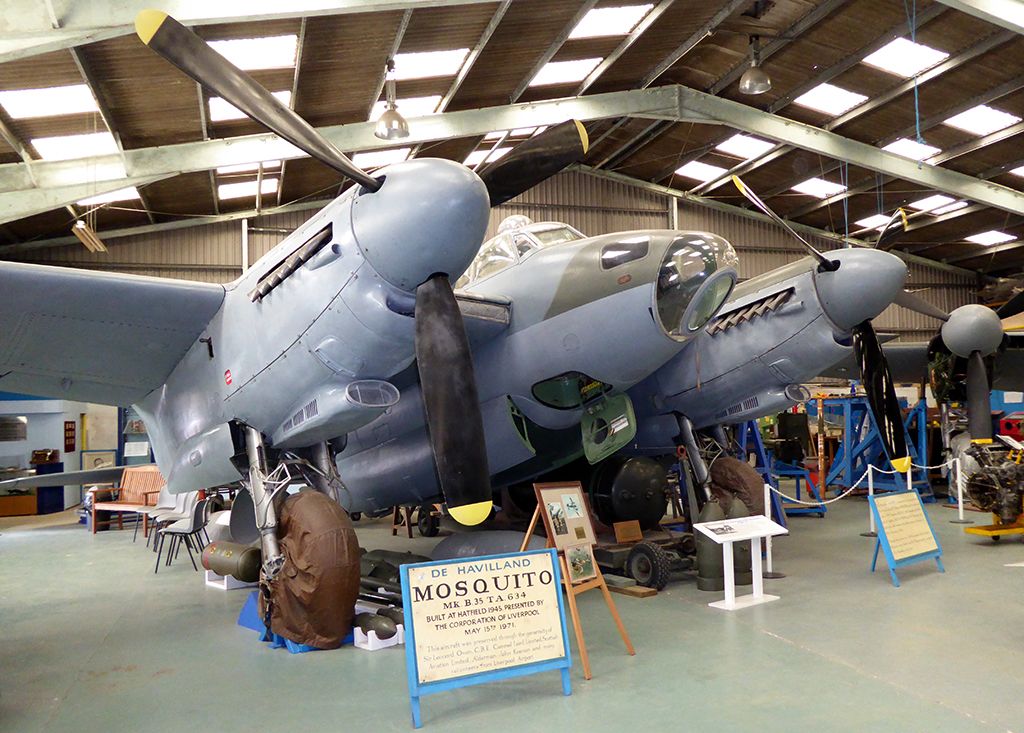Summary
- Digital aviation archives preserve history & enhance accessibility.
- Efficient storage & space benefits from digitizing aviation data.
- Digitized archives make aviation materials more discoverable.
Digital archives of any museum refer to collections of digitized materials related to history, which are also related to various aspects of life, such as culture, societal structure, and cherished values, among other things that can be stored and accessed online. An aviation museum anywhere might have a rich treasure trove of historical photographs, letters, journals, flight logs, military records, oral histories, and other artifacts that can be digitized. The importance of such digitization is only growing, and here is a look at why.

Related
Top 5 Can’t-Miss Aviation Museums Across The USA
Two notable museums are floating on water.
Preservation and accessibility of aviation materials
Firstly, digital archives play a crucial role in preserving and sharing the rich history of aviation. Aviation museums digitize various materials from their collections. These digitized materials are then stored in online repositories, making them accessible to a wider audience. They provide valuable resources for researchers, aviation enthusiasts, and the public to explore and learn about aviation heritage. For instance, The Museum of Flights has a separate section dedicated to its digital collections.
“The Museum of Flight Archives contains over 5,000 cubic feet of paper, photographic, and audiovisual materials that document the evolution of manned flight, from the Wright Brothers to modern jet travel to space exploration. We have millions of images, including photographic prints, negatives, slides, and transparencies. Our paper-based materials include maps, charts, drawings, blueprints, log books, diaries, manuscripts, research and technical documentation, correspondence, philately, and ephemera such as airline tickets and luggage tags.”
With properly organized digital collections of such an archive, people interested in aviation can:
- Search and browse specific topics or themes.
- People who cannot visit museums by themselves can access digital archives through a computer or the Internet.
More aviation data can be stored
Secondly, digital archives are important for efficient storage and space. Often, physical archives with boxes of documents and artifacts require extensive storage space. This is why more aviation magazines and newspapers are opting to archive their written documents.
Photo: RAF Museum
There are thousands of papers being produced about aviation each month. Keeping physical copies of all such papers would be next to impossible. Some of the other benefits of digitizing data include:
- Aviation museums can conveniently store physical archives, keeping them safe from external factors for the long term.
- Digitalized archives take up significantly less space, making it easier for museums to manage resources.
- Museums will have a backup of original archives in digital form, even if the physical archives get destroyed.
Digital archives enable people to search for subjects of interest conveniently. Some of the technology that is used in aviation museums include:
- Optical character recognition (OCR) technology, a computer program that automatically detects and identifies the words in a text to generate a machine-readable copy
- Search engines that help discover content easily.
Photo: National Museum of the United States Air Force
OCR significantly reduces the time spent manually searching for physical records, as researchers can find information without looking at every word in the manuscript. So the tough job of analyzing large bodies of information can now be done with ease.
Enhanced engagement with the public
Digital archives help museums share content through their websites, social media, and programs, fostering a deep connection with the public. Museums can conduct interactive exhibitions and virtual tours where the public can experience real and immersive experiences.
Photo: de Havilland Musuem
These exhibitions can focus on specific themes, events, or individuals. By presenting curated content online, museums can attract a global audience.
Education and research
Digital archives support educational outreach programs. Students, teachers, and learners can utilize these resources to enhance their knowledge in the aviation sector. Interactive lessons and activities are digitally organized so researchers, historians, and scholars can access digital archives remotely, promoting collaboration and interdisciplinary studies. This is done in Wright Brothers National Park, where digital options such as the following are available for students:
- Asking around 8 questions (better if prepared beforehand) to a ranger working at the memorial
- Students from grades 6-8 can be involved in a virtual tour.

Related
Top 5 Must-See Aircraft At The National Museum Of The US Air Force
From the first stealth aircraft to those that dropped atomic bombs, the National Museum of The US Air Force houses many aviation marvels.
All in all
In summary, digital archives are of immense significance to aviation museums worldwide. They bridge aviation museums and people, allowing for the preservation, accessibility, and dissemination of valuable materials, making museums efficient and convenient. However, there are a few considerations aviation museums must take before digitizing aviation.
Some of the considerations might be providing healthy contextual information so that the reader/ visitor might not be led astray or confused. The aviation museum also needs to ensure that the digital archive is friendly to all users, whilst also making sure that the digital archive and the physical object out of which the archive is made are given equal importance.
Without digital archives, it would have been challenging to learn the subtle details about the best aircraft in the National Museum of the US Air Force and many other museums we now know about. It is high time aviation museums digitized their archives if they have not done so already. Don’t you think so?




